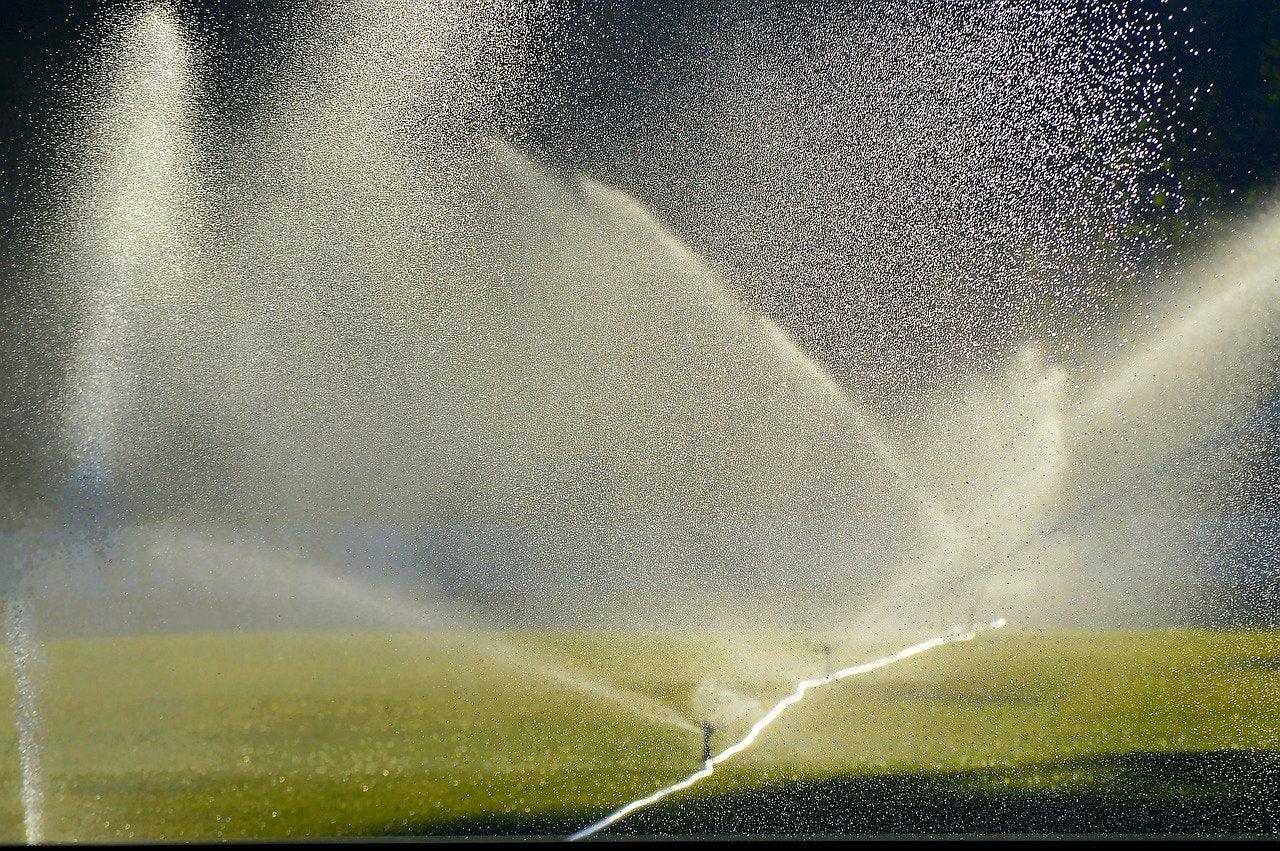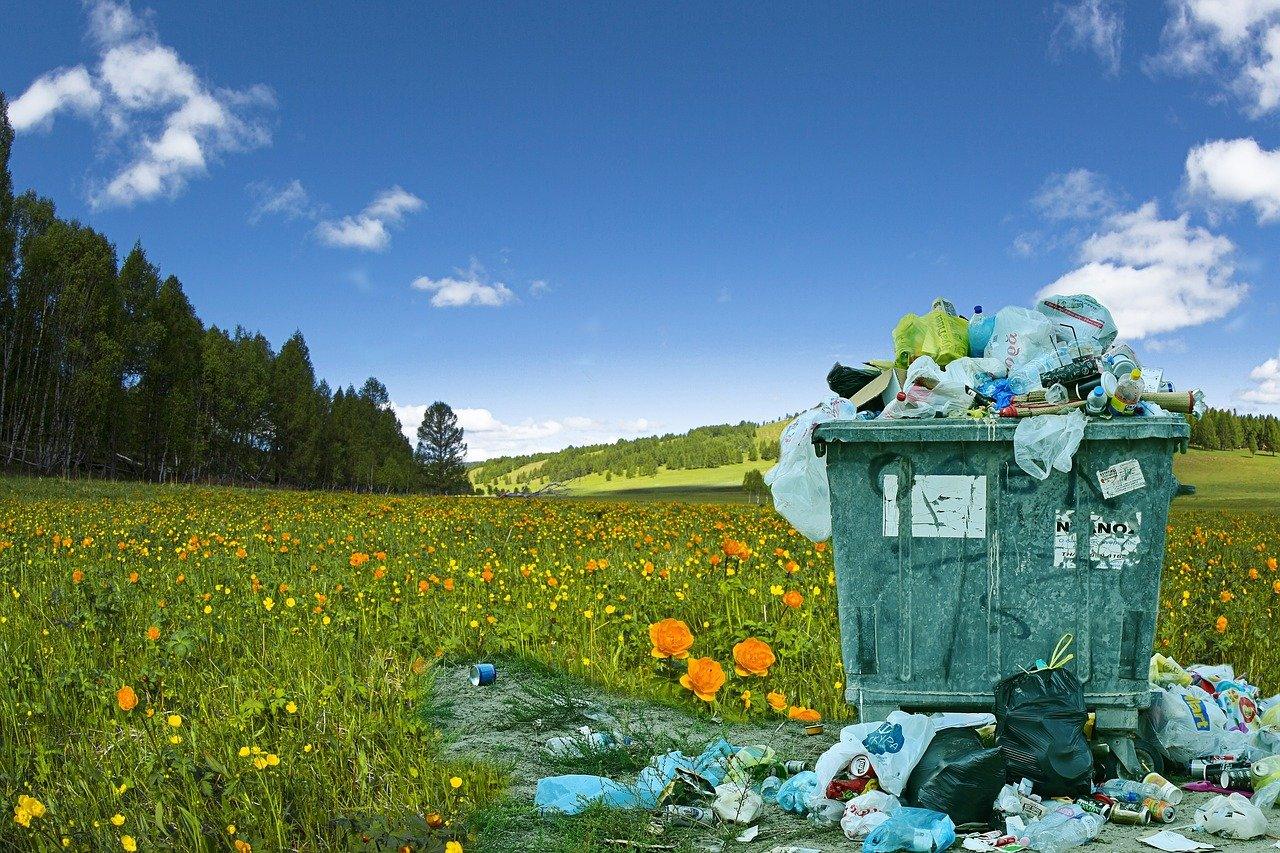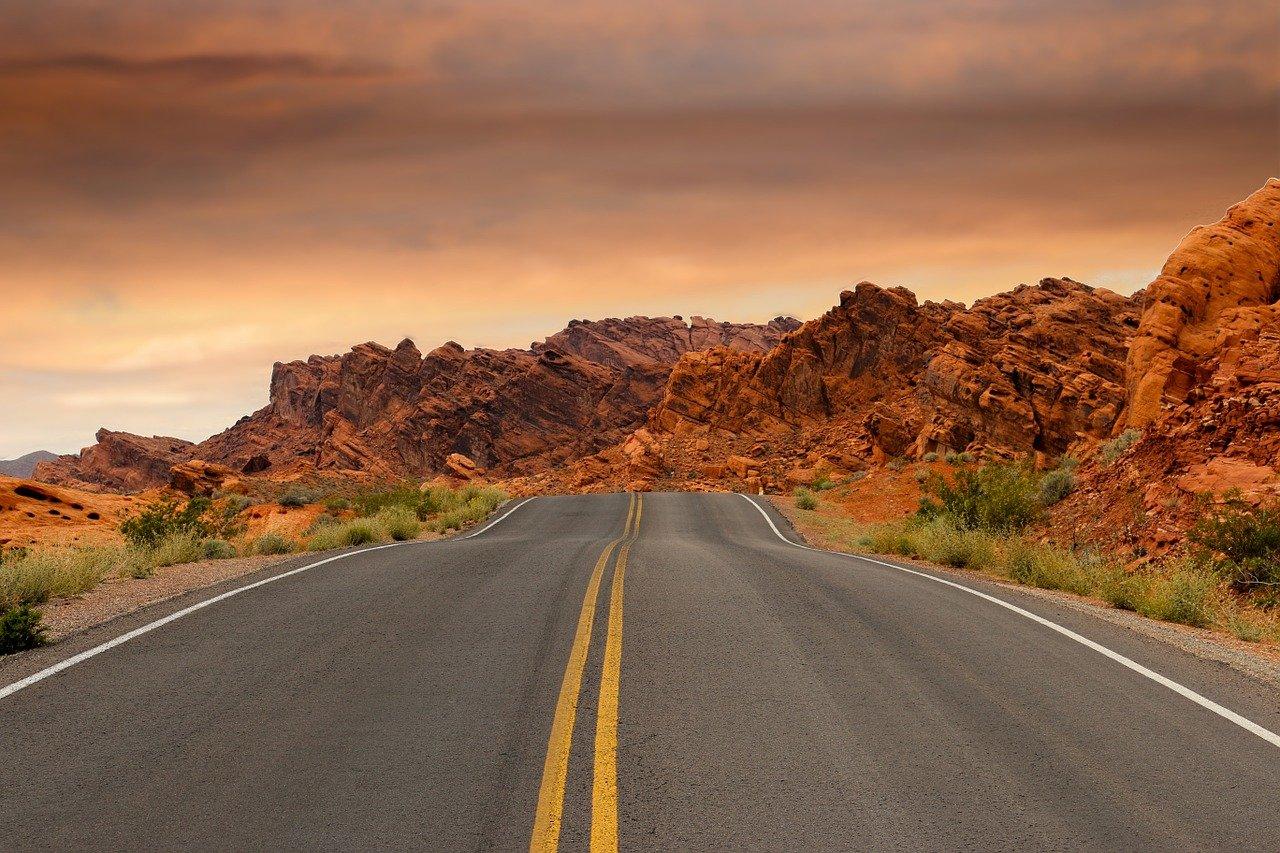40% OFF ALL LEED EXAM PREP PRODUCTS! | PASS YOUR EXAM CONFIDENTLY, ON YOUR FIRST TRY!
40% OFF ALL LEED EXAM PREP PRODUCTS! | PASS YOUR EXAM CONFIDENTLY, ON YOUR FIRST TRY!
Add description, images, menus and links to your mega menu
A column with no settings can be used as a spacer
Link to your collections, sales and even external links
Add up to five columns
Add description, images, menus and links to your mega menu
A column with no settings can be used as a spacer
Link to your collections, sales and even external links
Add up to five columns
Top Tips To Increase Water Efficiency At Home
3 min read

Did you know that water waste is one of the leading causes of energy inefficiency around the world? In all types of buildings, water use and energy use is directly linked to each other. Less water means also means less energy used, since electricity is used to purify water, pump water, and for sewage treatment.
The EPA reports that the average American family uses more than 300 gallons of water per day, which means that our current rate of residential water usage is massively unsustainable. Already, many states are seeing water shortages and scarcities as a result of wasteful practices.
It’s clear that it’s time we reevaluate the way we use water at home. Luckily, cutting down on wasted water is also one of the easiest ways to make your home more water and energy efficient, slashing your water bill while conserving the earth’s precious resources. Here are some ways to get started:
Re-think Your Landscaping
While we tend to focus on conserving water inside our houses, one of your home’s biggest water wasters might actually lie right outside your door.
Careful plant selection is one of the most important factors that can make a great contribution to reducing outdoor water use. By choosing native and adapted plants, or xeriscaping (type of landscaping that does not need any irrigation) for landscaping, homes can cut down water used for irrigation.
Residential lawn irrigation is actually one of the leading factors in water inefficiency. Try to use water-efficient lawn grasses; local species are ideal because they will get most of the irrigation they need from the typical rainfall in your area. Adding mulch to your landscaping will also help retain water, preventing damaging run-off and maximizing efficient irrigation.
Additionally, investing in a rainwater harvesting system is an excellent way to reduce outdoor watering expenditures. While you wouldn’t want to drink it without proper filtration, rainwater is a perfectly safe and eco-friendly option for outdoor chores like watering plants and exterior cleaning.
Focus On Fixtures
The EPA estimates that the average household could save over $380 a year simply by retrofitting appliances and fixtures with more water efficient options. Low-flow shower heads and faucet fixtures are a great place to start. These fixtures are easy modifications that target some of the most high-waste areas of the home.
For even more water efficient remodeling, think about replacing appliances. Low-flow and dual-flush toilets have been proven to cut down immensely on wasted water, making them long-term money-saving investments.
Be Mindful Of Wasteful Habits
Our smallest daily habits can add up to a lot of wasted water. That’s why being more mindful of water habits is an efficiency strategy that every member of the family can help with. Try to cultivate the following habits for maximum energy efficiency:
- If you are used to take long showers, take shorter showers. Shortening your showers by just 2-4 minutes is proven to drastically cut down on wasted water.
- Turn off the faucet as much as possible while brushing your teeth or shaving.
- Don’t run your dishwasher or washing machine until you have a full load.
- Save excess water used for cooking for irrigation.
- Flush the toilet only when using the bathroom, never when disposing of trash.
Don’t Let Leaks Linger
If you aren’t regularly checking your home for water leaks, you’re probably leaking money as well. Just one leak can lose up to 90 gallons of water a day, and you do not want that kind of waste accumulating on your water bill. Leaks can happen in all sorts of places, so it’s important to check for them regularly. Some of the most common water wasting leaks include toilet leaks, faucet leaks, and outdoor water-fixture leaks.
If you notice a leak, don’t procrastinate repairing it. A dripping faucet might seem like only a minor inconvenience during a hectic day, but in the long run, it’s a major factor in waste and inefficiency.
Become An Expert On Water Efficiency
If you want to learn how to design a water efficient home or in any type of building, you will need in-depth knowledge about strategies for cutting down water usage and other resource efficiency issues. That’s where LEED Green Associate exam prep course and LEED AP BD+C exam training can help. To earn your LEED certification and start building a more energy efficient future, start your training today.
Also in Projectific Blog

What Changes In LEED v5 & When Will The LEED Exams Will Be Based On LEED v5?
2 min read
As building professionals prepare for this significant update, two critical questions arise: what are the major changes in LEED v5, and when will the LEED credential exams transition to the new version?

How LEED Handles Recyclables With The Storage And Collection Of Recyclables Prerequisite
2 min read

LEED Heat Island Reduction Credit Explained
2 min read

